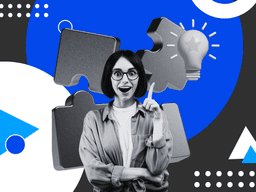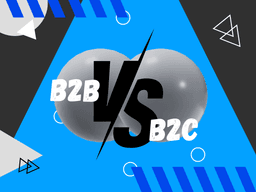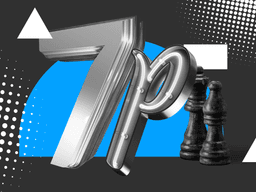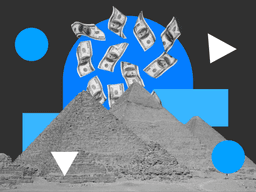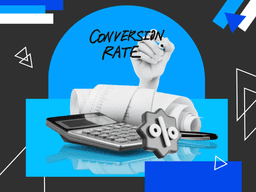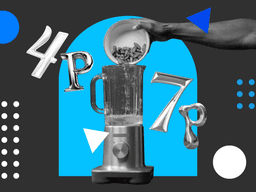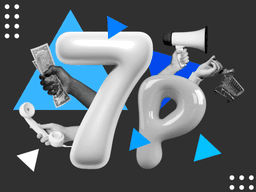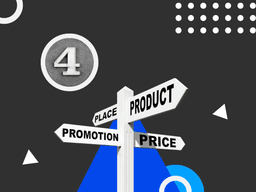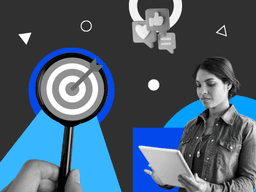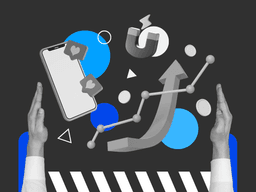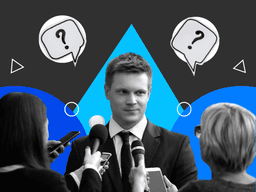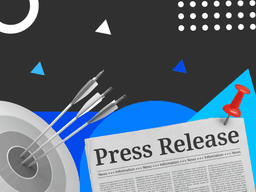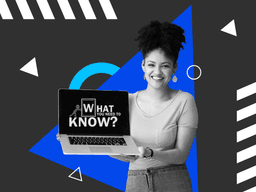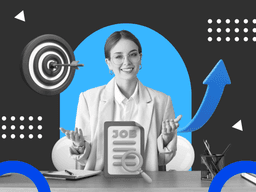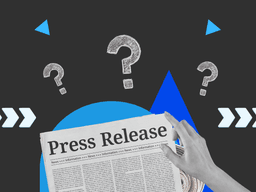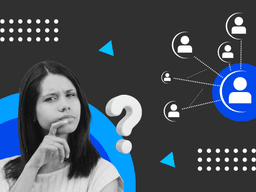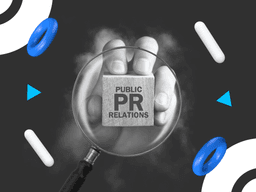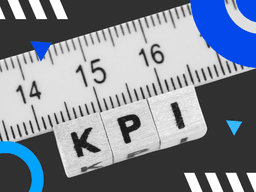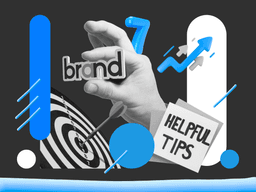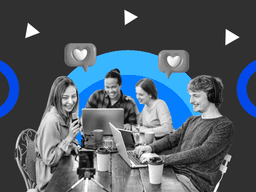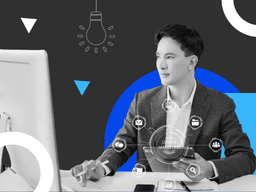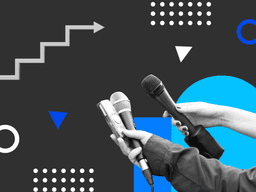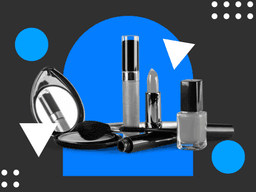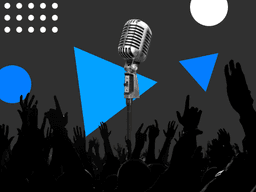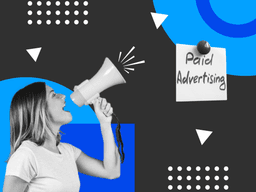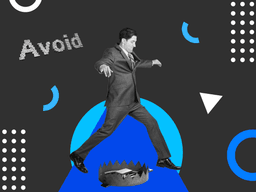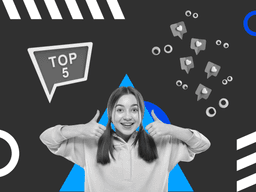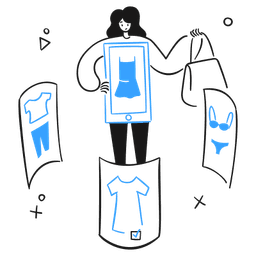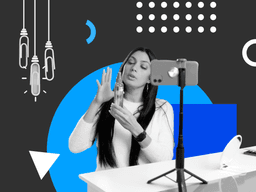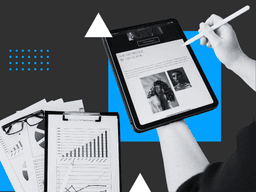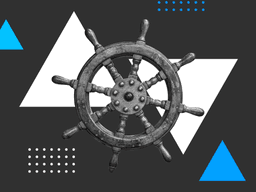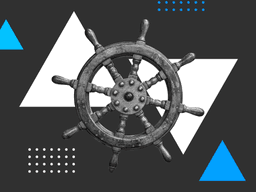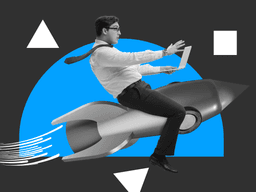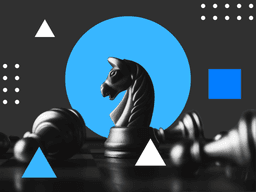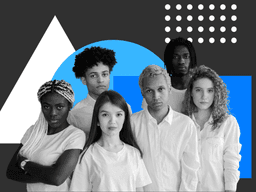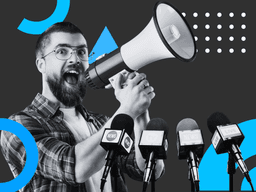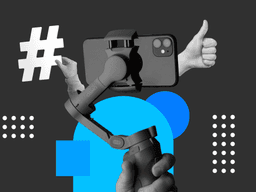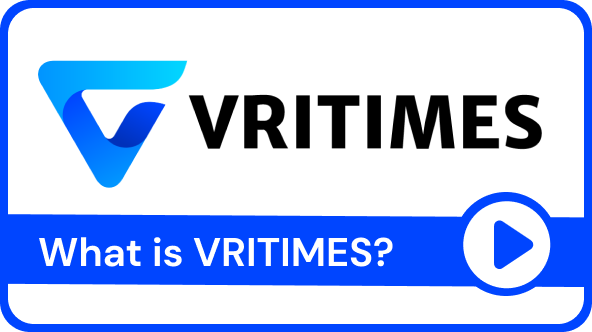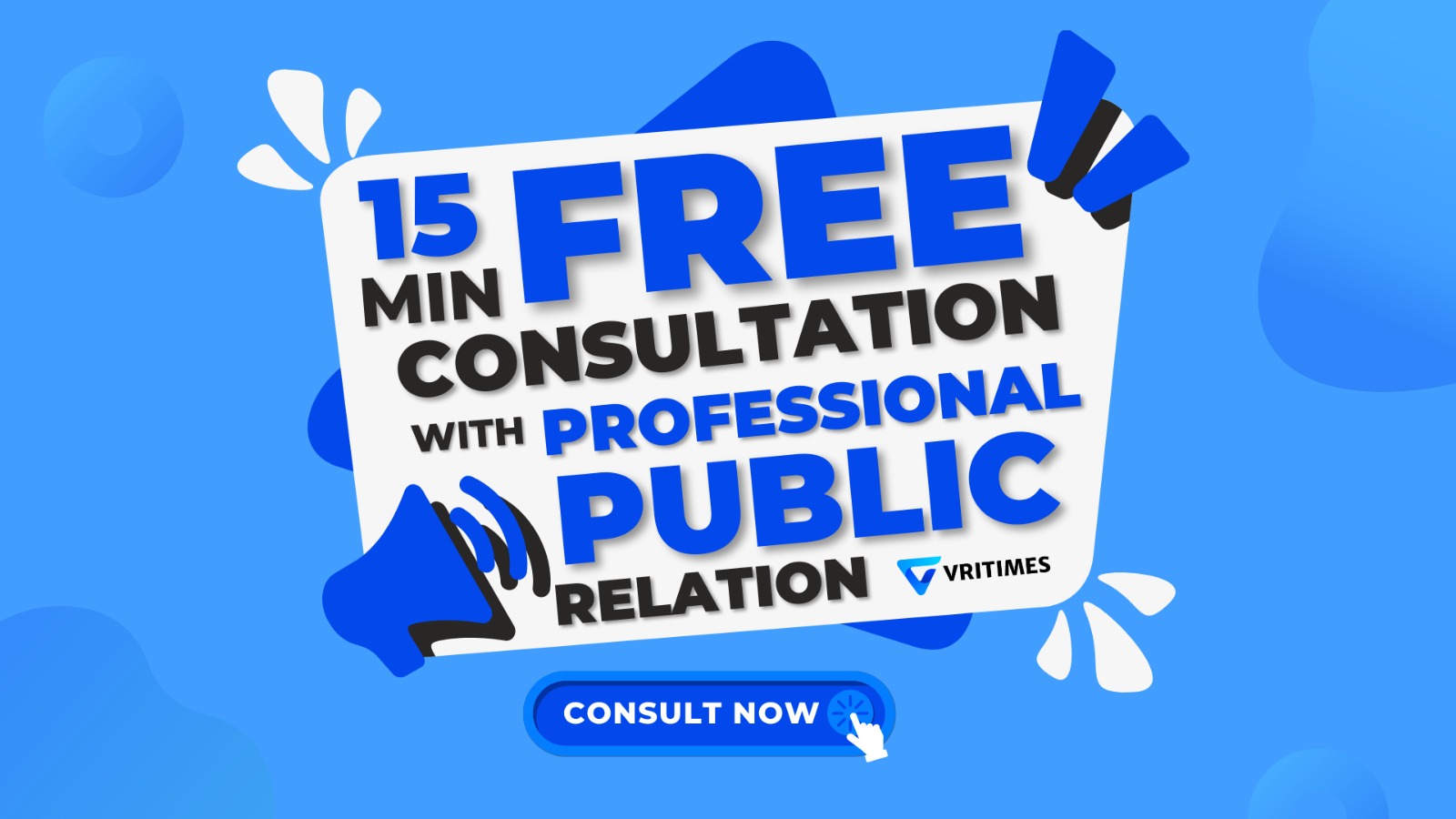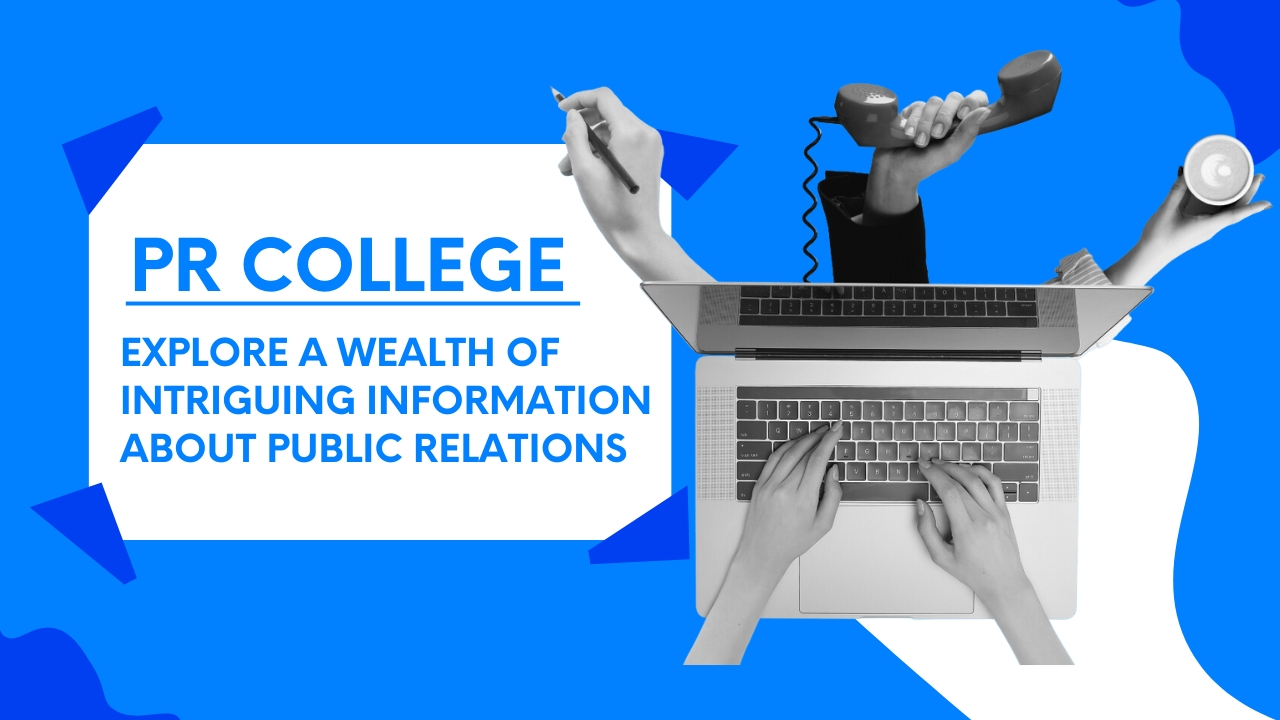/ How the Marketing Funnel Works on the Customer Journey?
How the Marketing Funnel Works on the Customer Journey?
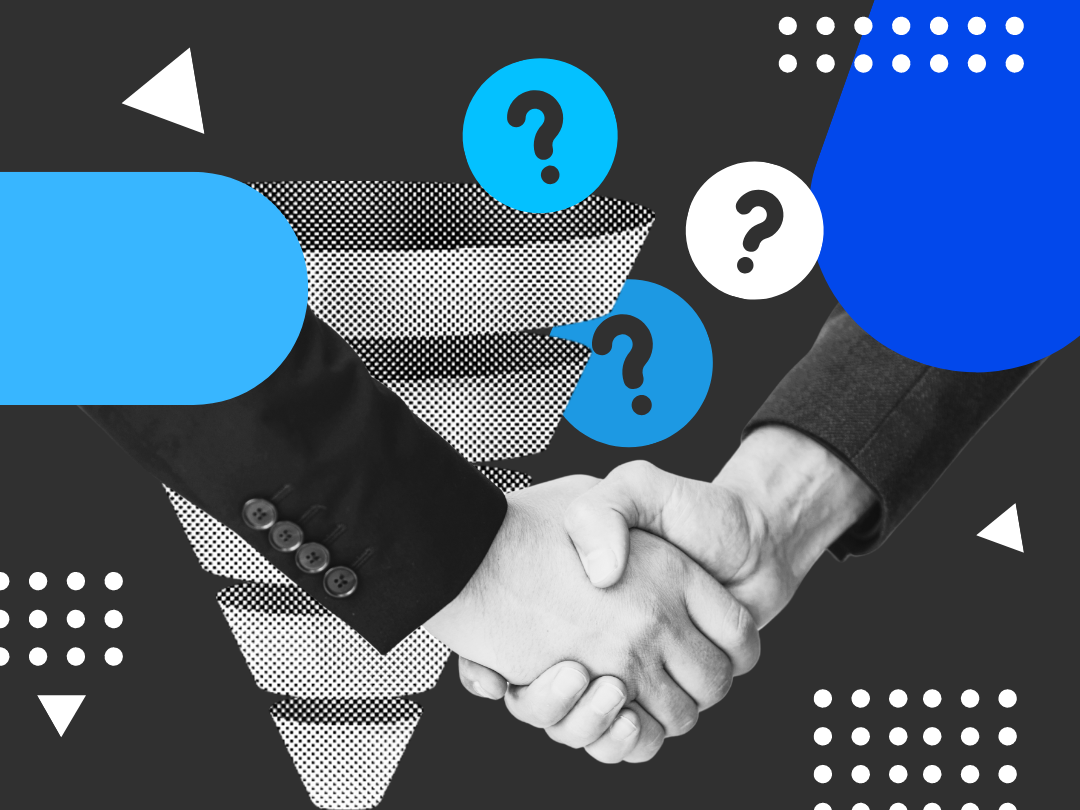
Maintaining the customer journey is an important aspect of any business. To make sure the customers make purchases and stay loyal, you need to work on your marketing funnel.
The marketing funnel is usually based on the AIDA model (awareness, interest, desire, and action). However, there are various opinions about the model as there are many types of business in the world. This funnel is ideally a cylinder when all the prospects (potential customers) become customers (make purchases).
It is the marketer's and salespeople's job to convert as many prospects into customers. That is why you need to create and implement a solid strategy using the funnel.
How the Marketing Funnel Works
The marketing funnel works by outlining each stage of the customer journey. The funnel model itself is still debated, but it should cover the customer journey from awareness to conversion.
1. Awareness
At this first stage, the prospects have realized their problems and are actively searching for solutions. While searching, they find your company that has a possible solution for their problems.
Then they start educating themselves about your product, offer, and brand by reading or watching your marketing materials. During this stage, you can create:
- Social media posts that create your brand identity and can easily reach your audience.
- Short introduction video about your brand.
- Infographics that highlight your values.
- Influencer marketing to reach a wider audience.
2. Interest
After being aware of your brand, the prospects will go to the next stage, which is the interest stage. At this stage, they will dig deeper into information about your brand and products.
This is where you need to start building a good relationship with them and introduce your positioning. Create more targeted content to develop more interest in your products, such as:
- Email newsletters that consist of relevant knowledge.
- Helpful blog posts, such as a how-to guide.
- Videos of tutorials to use your products.
- Interactive social media campaigns.
- Industry events.
- Webinars.
- Contests.
- Live chat.
3. Consideration
At this third stage, the prospects start to consider and evaluate your brand and products as it seems to be an option to solve their problems. However, they are not confident enough to make purchases.
The prospects will still consider other brands and compare them to yours. Ensure them to choose your brand by highlighting your products’ values. You can do it by creating:
- Well-crafted demonstration videos that showcase deeper looks at your products.
- Online good reviews and endorsements with key opinion leaders (KOLs).
- Targeted blog posts and online forums.
- Frequently asked questions (FAQs) on your website.
4. Decision
After considering and comparing your brand with the others, the prospects have finally narrowed their options into 2-3 brands. At this stage, they will interact with your calls-to-action (CTAs), such as placing your products in their shopping carts and filling out the contact forms.
At this stage, push your value proposition by letting them know how your products can solve their problems better than other companies. This can be done by posting a catalog with price and product details, giving special offers, offering free trials, creating interesting landing pages, and showing good customer testimonials.
5. Action
The prospects have decided to do a specific action at this stage. To convince them, you can provide a live demo and consultation if needed.
After that, your salespeople will have to help the prospects through the purchase transaction. The salespeople must ensure the smoothness of the transaction. You can also provide guarantees, membership programs, and referral programs to build their loyalty as well as get new prospects from their referrals.
Despite that, the marketing team still has to keep an eye on the customers. They may give positive reviews and referrals, which helps the team with other prospects in earlier stages.
That is how the marketing funnel generally works. However, there are slight differences in how the funnel works between B2C and B2B prospects.
B2B prospects usually take a longer time at the consideration stage because they have to discuss it with the stakeholders. Besides that, they also need a contract proposal at the decision stage. Therefore, you need to treat your prospects properly based on their behavior and condition.
